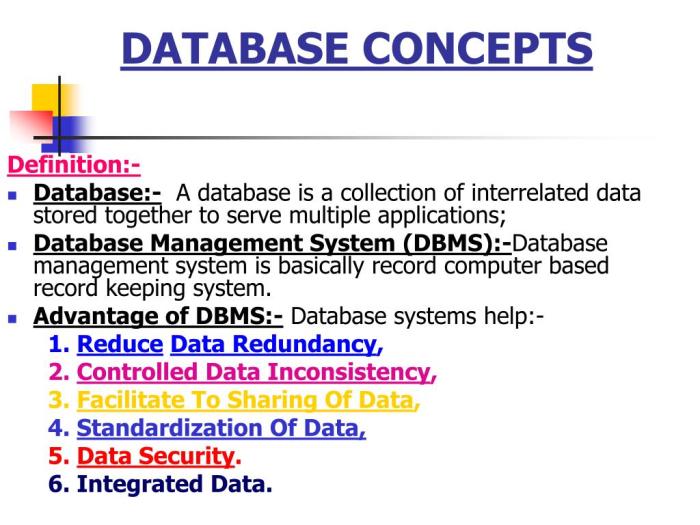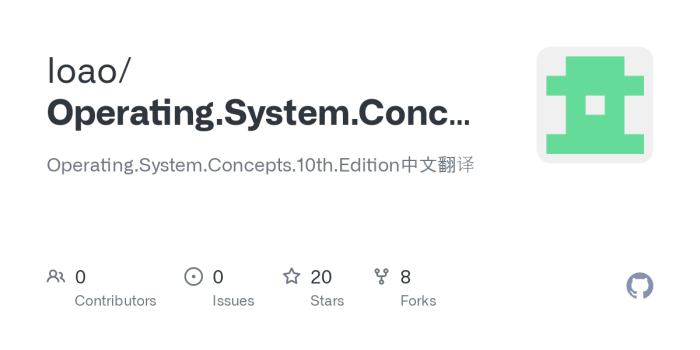Concepts of Database Management 10th Edition provides a comprehensive and engaging exploration of the fundamental principles and practices of database management. This authoritative text guides readers through the evolution, types, design, implementation, and administration of database management systems, equipping them with the knowledge and skills essential for effective data management.
Delving into the core concepts of database management, this introduction establishes a solid foundation for understanding the critical role of databases in modern organizations. The text emphasizes the importance of data integrity, normalization, and security, highlighting the challenges and best practices associated with managing vast and complex data sets.
1. Introduction to Database Management
Database management encompasses the processes, tools, and techniques used to create, maintain, and utilize databases. Databases are structured collections of data that provide a systematic way to store and organize information for efficient retrieval and management.
The evolution of database management systems (DBMSs) has been driven by advancements in hardware and software technology. Early DBMSs were hierarchical and network-based, followed by relational DBMSs, which became widely adopted due to their flexibility and data independence.
Types of Database Management Systems
- Relational DBMSs: Store data in tables with rows and columns, allowing for efficient data retrieval and manipulation through Structured Query Language (SQL).
- NoSQL DBMSs: Designed for handling large volumes of unstructured or semi-structured data, offering scalability and flexibility.
- Object-Oriented DBMSs: Store data as objects, encapsulating data and behavior, enabling complex data modeling and inheritance.
- Cloud DBMSs: Hosted on remote servers, providing scalability, accessibility, and cost-effectiveness.
2. Database Design

Step-by-Step Guide to Database Design
- Define data requirements: Identify the purpose of the database and the types of data it will store.
- Create an entity-relationship diagram (ERD): Model the relationships between different entities (data objects) in the database.
- Normalize data: Remove data redundancies and inconsistencies to ensure data integrity.
- Select a data model: Choose a data model (e.g., relational, object-oriented) that aligns with the data requirements and application needs.
- Create database tables: Define the structure of the database tables, including columns, data types, and constraints.
Data Models Used in Database Design
- Relational model: Data is organized into tables with rows and columns, providing a structured and flexible data representation.
- Object-oriented model: Data is encapsulated into objects, allowing for complex data modeling and inheritance.
- Hierarchical model: Data is organized in a tree-like structure, with parent-child relationships.
- Network model: Data is organized in a graph-like structure, with multiple relationships between entities.
Importance of Data Normalization
- Reduces data redundancy, eliminating inconsistencies and improving data integrity.
- Improves data retrieval efficiency by reducing the number of table joins required.
- Facilitates data updates and deletions without compromising data integrity.
3. Database Implementation: Concepts Of Database Management 10th Edition

Process of Database Implementation
- Physical database design: Determine the physical storage structures and access methods for data.
- Database creation: Use SQL commands to create the database, tables, and indexes.
- Data loading: Populate the database with data from various sources.
- Testing and validation: Verify the accuracy and completeness of the implemented database.
- Deployment: Make the database available to users and applications.
Methods of Data Storage
- File-based storage: Data is stored in files on a file system.
- Block-based storage: Data is stored in fixed-size blocks on a storage device.
- Object-based storage: Data is stored as objects in a cloud storage service.
Importance of Data Integrity, Concepts of database management 10th edition
- Ensures the accuracy and consistency of data.
- Prevents data corruption and loss.
- Supports data recovery in case of system failures.
4. Database Administration

Role of the Database Administrator
- Manages the database and ensures its availability, performance, and security.
- Monitors database performance and identifies areas for optimization.
- Creates and manages user accounts and access privileges.
- Backs up and restores the database to ensure data protection.
Tasks Involved in Database Administration
- Database monitoring: Regularly checking database performance, identifying bottlenecks, and taking corrective actions.
- User management: Creating, modifying, and deleting user accounts, assigning roles and permissions.
- Backup and recovery: Regularly backing up the database and restoring it in case of data loss.
- Database optimization: Tuning database parameters, indexes, and queries to improve performance.
Importance of Database Security
- Protects data from unauthorized access, modification, or deletion.
- Complies with regulatory requirements and industry standards.
- Prevents data breaches and maintains the integrity of sensitive information.
5. Advanced Database Concepts
Concepts of Data Warehousing and Data Mining
- Data warehousing: Process of collecting, integrating, and storing large amounts of data from multiple sources for analysis and reporting.
- Data mining: Process of extracting valuable insights and patterns from large datasets using statistical and machine learning techniques.
Types of Database Applications
- Online Transaction Processing (OLTP): Supports high-volume, real-time transactions in operational systems.
- Online Analytical Processing (OLAP): Supports complex data analysis and reporting for decision-making.
- Hybrid Transactional/Analytical Processing (HTAP): Combines the capabilities of OLTP and OLAP, enabling real-time analytics on transactional data.
Future Trends in Database Management
- Cloud-based DBMSs: Increasing adoption due to scalability, cost-effectiveness, and accessibility.
- NoSQL DBMSs: Growing popularity for handling large volumes of unstructured and semi-structured data.
- In-memory DBMSs: Improved performance by storing data in memory for faster data access.
- Artificial Intelligence (AI) and Machine Learning (ML): Integration of AI and ML techniques for data analysis, optimization, and automation.
FAQ Section
What are the key concepts of database management?
Concepts of Database Management 10th Edition introduces the fundamental principles of database management, including data models, data normalization, data integrity, and database security.
How has database management evolved over time?
The text traces the evolution of database management systems from hierarchical and network models to relational and object-oriented models, highlighting the advancements and challenges associated with each era.
What are the different types of database management systems?
Concepts of Database Management 10th Edition categorizes database management systems based on their data models, including hierarchical, network, relational, object-oriented, and NoSQL databases, explaining the strengths and limitations of each type.